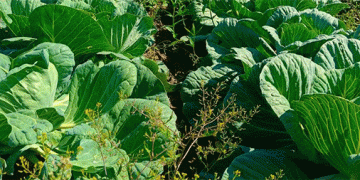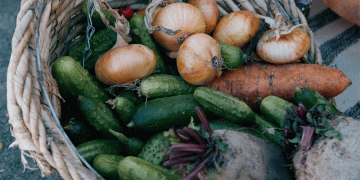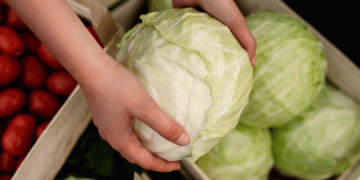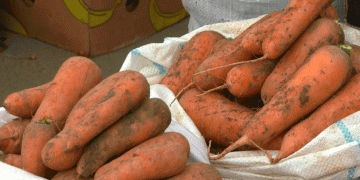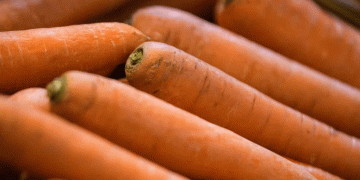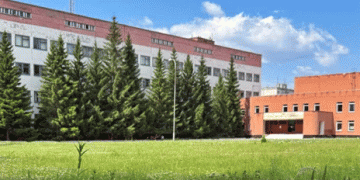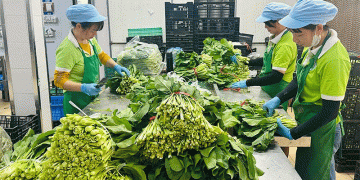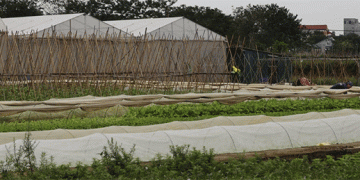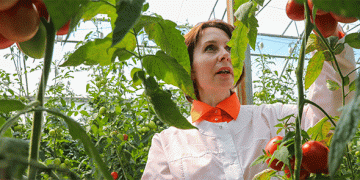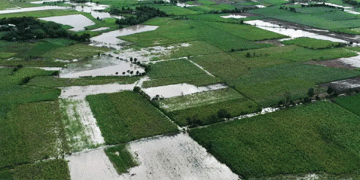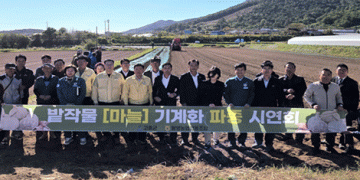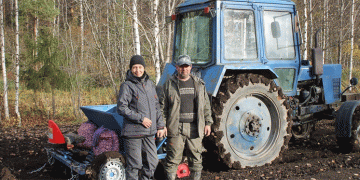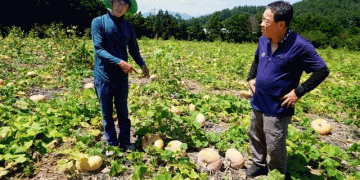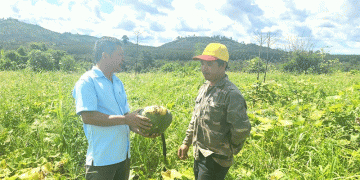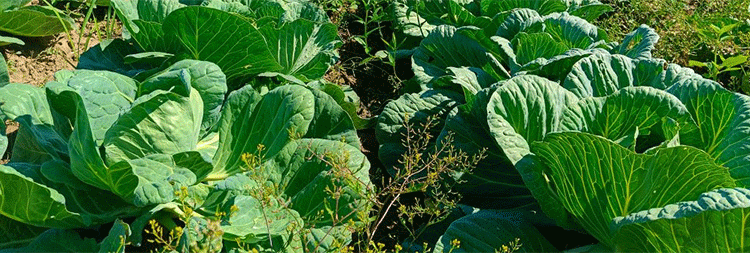Nestled in Russia’s Far East, the Khabarovsk Territory is a classic zone of risky farming, characterized by short growing seasons and weather volatility. Yet, the latest harvest report reveals a story of remarkable resilience and growth. Despite an April-May period with double the average precipitation that hampered the sowing of early crops, the region’s farmers adapted swiftly. They shifted to later-maturing varieties and intensified their schedules, ultimately expanding the total sown area to 60,400 hectares—a significant increase of 2,000 hectares over the previous year.
This expansion is driven by a concerted land reclamation effort, bringing former pastures and unused land into production. But the real success is measured in yield. The region has seen impressive gains in key vegetables:
- Cabbage yields have jumped from 21.4 tons/hectare to 23-23.5 tons/hectare.
- Potato production has reached staggering levels, with farms on Ussuriysky Island reporting yields of 30-35 tons/hectare. Total potato production for the region stands at approximately 80,000 tons, meeting about 70% of local demand.
The Technology and Strategy Driving Growth
The region’s success is not accidental. It is the result of a multi-pronged strategy focused on technology, infrastructure, and state support.
- Precision Agriculture Takes Root: Khabarovsk is actively integrating high-tech solutions to overcome its climatic hurdles. Several farms now operate tractors with autopilot systems, which increase accuracy and reduce losses. According to global trends analyzed by the FAO, such precision agriculture technologies can boost crop yields by up to 15% while optimizing input use. Furthermore, the region is piloting the use of drones for targeted pesticide application. This technology is particularly valuable in Khabarovsk’s often waterlogged fields, where heavy machinery cannot operate after rains.
- Protected Cultivation for Year-Round Supply: To ensure a consistent food supply, the region is aggressively expanding its greenhouse capacity. The production of cucumbers, tomatoes, and greens in winter is made economically viable through state subsidies that offset energy costs. This push is set to accelerate with two major investors planning to build 40 hectares of new greenhouse complexes, which are expected to cover 30% of the region’s demand for these vegetables upon completion.
- Robust State Support: A substantial funding pool of around 300 million rubles this year underpins these advancements. This support compensates farmers for costs associated with seeds, fertilizers, fuel, and machinery upgrades, and includes preferential lending. Future plans even include subsidies specifically for drone purchases.
The agricultural narrative in the Khabarovsk Territory is being rewritten. What was once defined by risk is now characterized by strategic adaptation and technological adoption. By leveraging land reclamation, embracing autonomous machinery and drones, and building a resilient protected cultivation sector, the region is steadily marching towards its goal of self-sufficiency. The journey of Khabarovsk’s farmers offers a powerful blueprint for other regions in challenging climates, demonstrating that with the right mix of technology, policy support, and farmer ingenuity, even the most demanding environments can become hubs of agricultural productivity.
